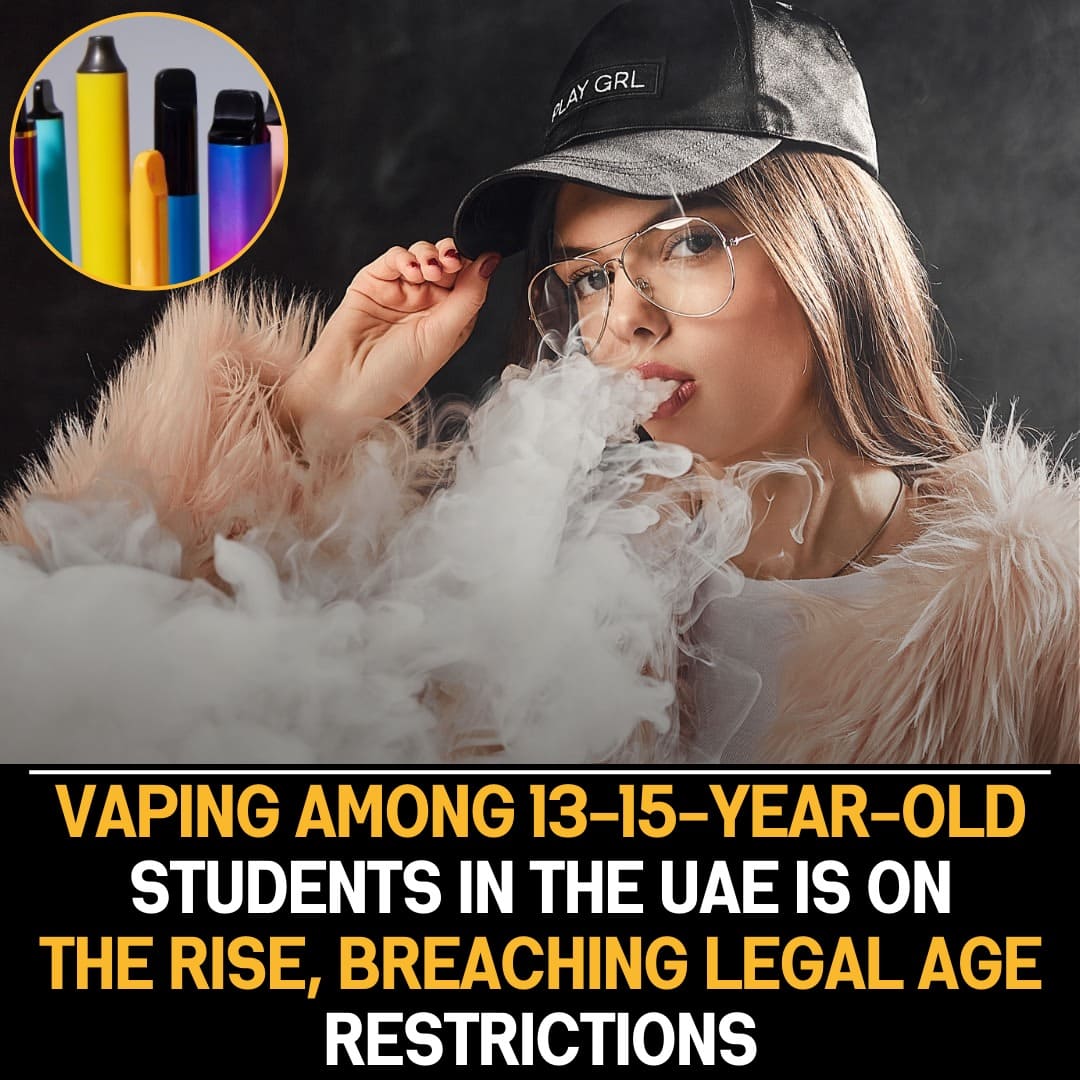The United Arab Emirates (UAE) is grappling with a disturbing surge in underage vaping, particularly among students aged 13 to 15. This trend, despite existing legal age restrictions, highlights a worrisome pattern of non-compliance with regulations intended to protect the health and well-being of young individuals.
Despite concerted efforts to regulate and restrict access to vaping products for minors, recent data indicates a significant increase in the prevalence of vaping among adolescents in the UAE. This concerning trend poses a serious public health challenge, as vaping can have detrimental effects on physical and mental well-being, especially during crucial developmental stages.
The rise in underage vaping underscores the need for a comprehensive reevaluation of existing regulations and the implementation of more robust measures to deter young individuals from engaging in this harmful behavior. It also raises questions about the effectiveness of current educational programs and campaigns aimed at informing adolescents about the risks associated with vaping.
Health authorities and policymakers in the UAE are faced with the urgent task of addressing this issue to safeguard the younger population. Strengthening enforcement mechanisms to curb the availability of vaping products to minors, intensifying awareness campaigns in schools, and involving parents in preventive efforts are crucial components of a multifaceted strategy.
Furthermore, understanding the factors contributing to this alarming trend is essential for designing targeted interventions. Peer influence, accessibility of vaping products, and a lack of awareness about the potential health consequences could be among the factors fueling the rise in underage vaping.
The consequences of underage vaping extend beyond immediate health risks. Long-term addiction, impaired cognitive development, and an increased likelihood of transitioning to other substances are potential outcomes that make tackling this issue imperative for the well-being of the nation’s youth.
In conclusion, the alarming rise in underage vaping among 13-15-year-old students in the UAE demands immediate attention and concerted action from authorities, educators, and parents. By addressing the root causes, enhancing regulatory measures, and intensifying educational efforts, the UAE can strive to create an environment that protects its younger generation from the harmful effects of vaping. Only through collaborative and comprehensive efforts can the nation hope to reverse this concerning trend and secure a healthier future for its youth.









